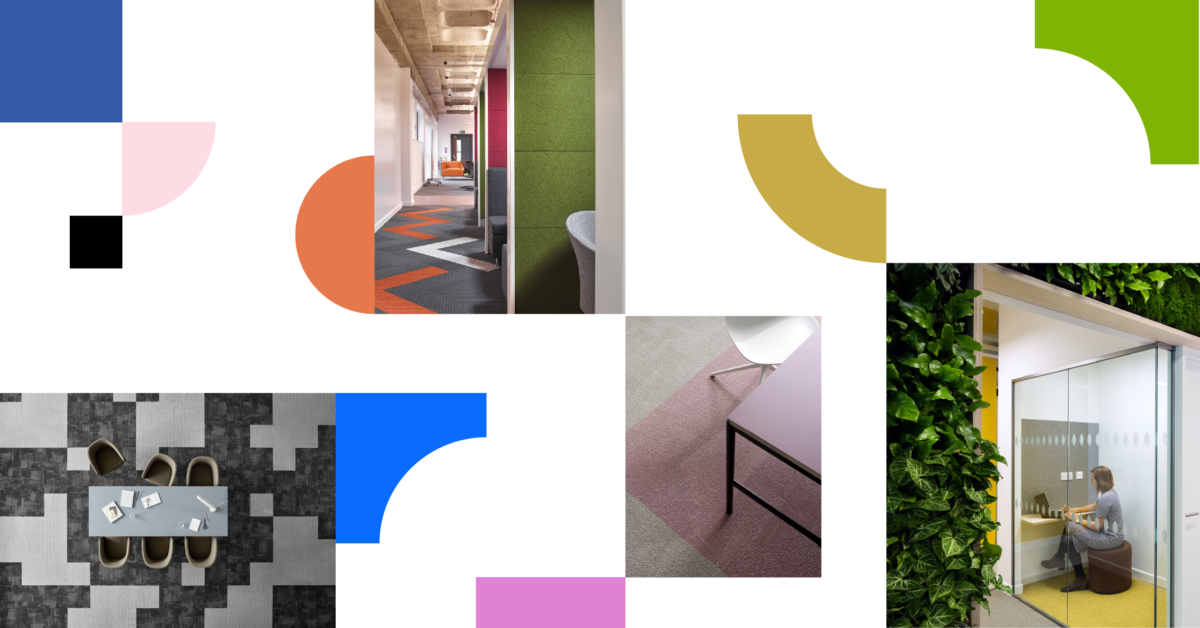Nothing has changed as rapidly in design as the concept of offices in the latest years. But, are there trends which are persistent? What is the future of offices, and why there are so many changes constantly? We talked with two brands of carpet flooring design — Tarkett and ege carpets — who are now focusing on finding out what is behind the big revolution in the design of office space and how carpets can be a key component.
Let’s start by saying why this is such a big topic. We all spend 90 percent of our time indoors, mostly in offices. Our productivity is strictly connected to the office environment to the point that, according to a survey of 2,500 office workers commissioned by Tarkett (Evidencing the Work life movement, 2017), 44 percent of respondents to the survey believe that wellbeing should be the biggest priority for Europe’s office-based organizations. Companies with satisfied, engaged workers experience up to 65 percent lower employee turnover and a 12 percent increase in productivity among happy employees (Warwick University study, 2014).
Three main focuses
Talking with Tarkett and ege carpets we were able to identify three main topics on which it is important to focus when designing the office of the future.
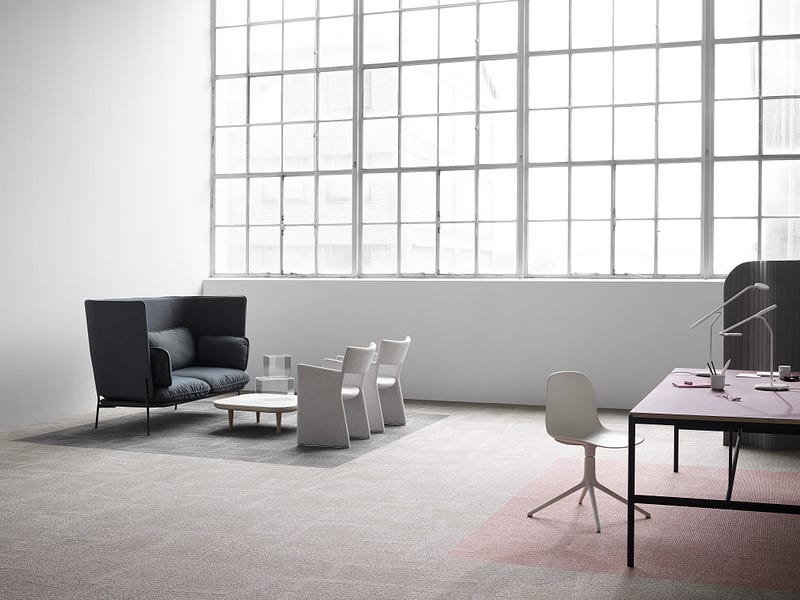
ege, ReForm Artworks Ecotrust
1. A fluid, flexible work life. There is an interesting piece of information that ege carpets shared with us about the coexistence of different personalities but also generations inside modern offices. “Following the fact that we live longer, are healthier and more educated than ever before, we will experience up to four generations working side by side in future offices.” So, different generations and personalities (introverts and extroverts) with different necessities even during different moments of the day (social interaction vs. quiet time) with all be together. All these different needs mean the design of offices must provide a flexible solution that is able to satisfy everyone. Often a solution to this is to design floating work islands that can also welcome freelancers with a time-limited connection to the company.
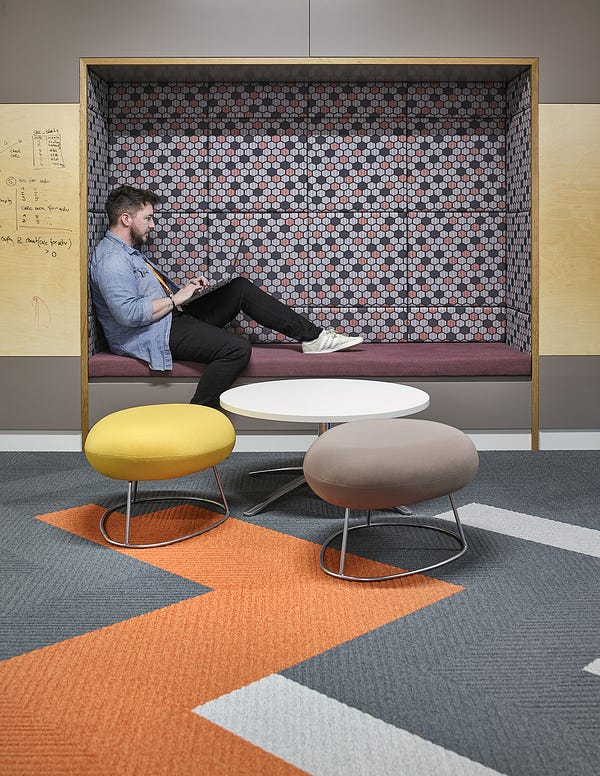
2. The design should be centered on the wellbeing and health of workers. This includes employee satisfaction, their comfort, health and happiness in the workplace. The survey by Tarkett explains what this means with some concrete examples on what to consider. “Noise is the number one workplace wellbeing concern (27%), followed by indoor air quality (22%). Many people (40%) need a quiet space to work away from open plan spaces. Employers must rethink workspaces with a view to reducing noise and levels of fine dust which are harmful to human health. This could include selecting fixtures and fittings with improved acoustics or taking steps to improve indoor air quality (e.g. using air purifiers, investing in good air circulation/ventilation systems or living walls, or fitting carpets that help to capture fine dust.)
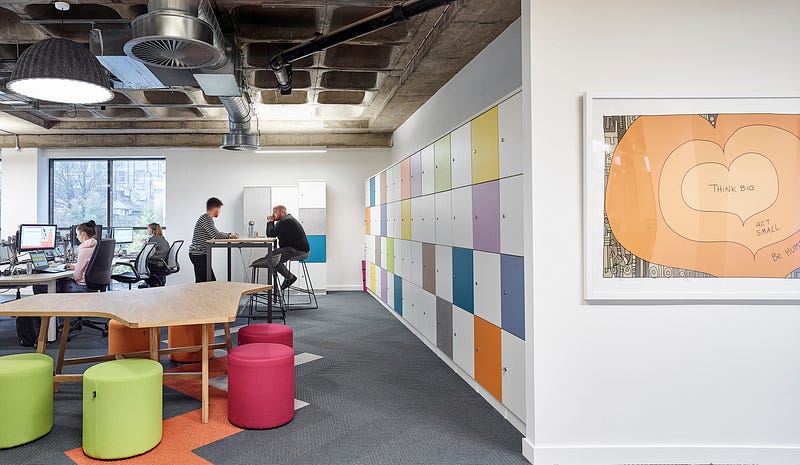
3. Offices need to be co-creation places where knowledge and creativity flourishes and where teamwork is encouraged. Ege carpet underlines that “Openness, transparency and free accessibility of knowledge reflect in everything from the smallest design details of work environments and ultimately entire buildings. Teamwork calls for open office environments but also for small “boxes” suitable for silence and deep concentration. For instance, fitted with carpets, furniture, wall colors and lamps with a more homely or creative look and feel — just to mention one example”.

Seven reasons to use carpet in the future office
The use of carpet floorings is a smart solution to many of the above topics of a modern office space. Here are seven reasons for including them in your next project.
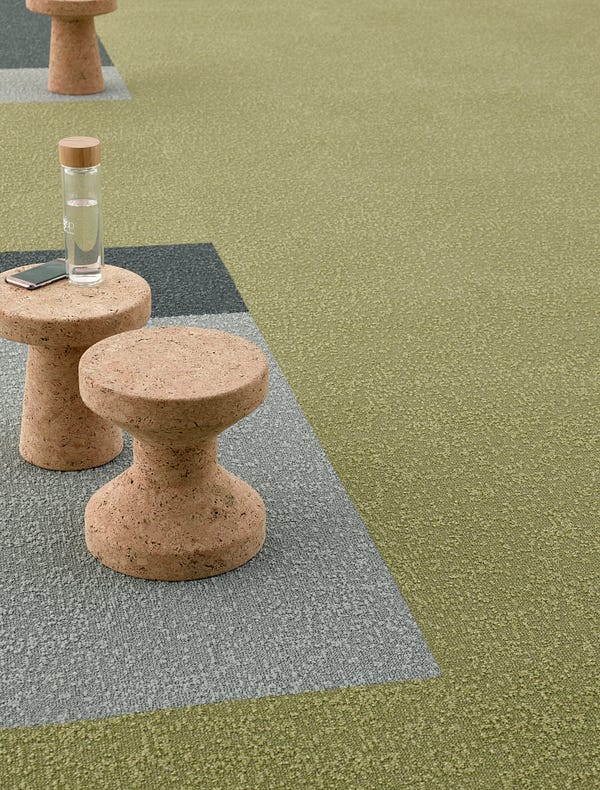
DESSO AirMaster Tone
1. Better acoustics. Tarkett has a product specifically developed for this, the DESSO SoundMaster® carpet. “A quiet working environment is essential to accomplishing tasks requiring focus. Noise levels of 35–45 dB are the maximum recommended for open plan offices, where noise can be particularly distracting. With its high-performing felt backing, DESSO SoundMaster® carpet improves noise insulation with up to 10dB and sound absorption by 100%, compared to standard carpet designs. It also limits the reverberation (or ‘echo’) time, reduces the generation of disruptive sounds within the room, such as chairs scraping on the floor) and lowers the background noise caused by external sounds.”
2. Accessibility to the under floor. With carpets and especially with carpet tiles, it is possible to access more easily the under floor with all its cables.
3. Possibility to easily replace parts when they are ruined. Carpets and especially carpet tiles make substituting easy and cost less because a small spot can be changed without too many obstacles.
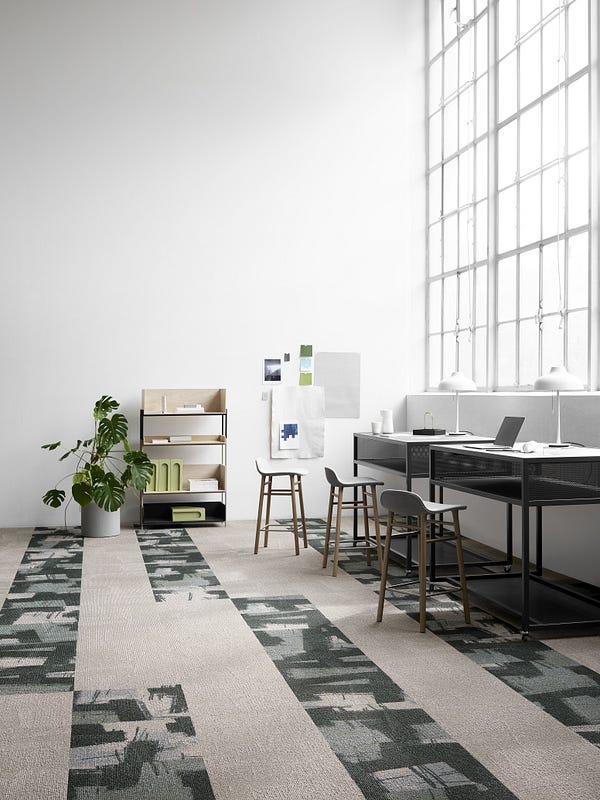
ege, ReForm Artworks Ecotrust
4. Freedom of design. Ege explains very clearly how they explored this concept in their collections “Our carpets offer complete freedom of design. You can fit your office with whatever pattern and color combination you desire — maybe expressing your office’s architecture, product, vision or something else very important to you.”
5. Indoor Air Quality. Tarkett is on the front line of studies and development in this area: “Clean indoor air is vital to human health. However, indoor quality is comprised by a number of factors, the most serious of which is fine dust, or particulate matter which is associated with a range of health issues, both respiratory and cardiovascular, and can also trigger or aggravate allergies. Tarkett’s DESSO AirMaster® carpet has been designed to capture and retain particulate matter, helping to improve indoor air quality for employees.”
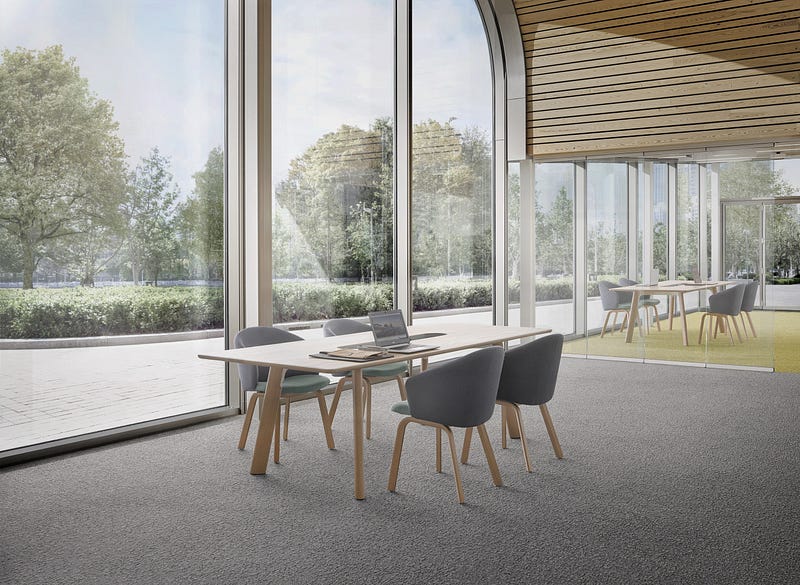
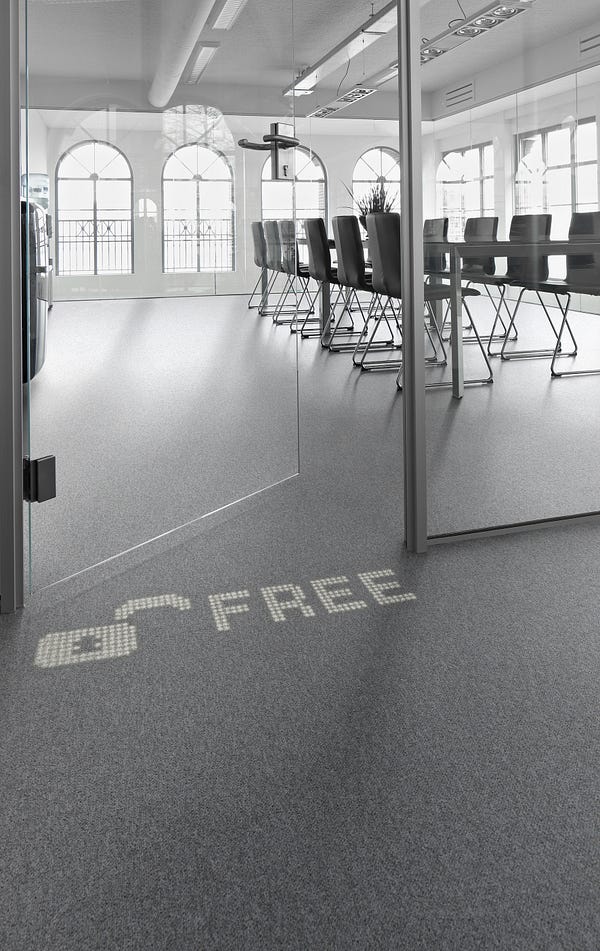
6. Improved Light. Tarkett, has developed a specific product for this “Light-reflecting flooring solutions can make a substantial difference to the amount of light reflected within a room, particularly given that floors cover large surfaces. Installing DESSO Light Reflection Master can increase brightness on the walls and ceilings by up to 14%. As a result, lighting costs can be reduced by up to 10%, helping to reduce CO2 emissions, while increasing employees’ exposure to natural light.”
7. Communication and purpose of spaces. Carpets can be used with their different design, colors and texture to divide and suggest the purpose of the different spaces. A special development of this are the DESSO carpets fitted with Philips LED technology which enable companies to illuminate messages or images (for customers or employees) in the carpet.
A must: sustainable ingredients
Sustainability of the materials and processes is key in every design project of this kind, not only for certification purposes but also as part of the whole concept of future office and of wellbeing.
One aspect of this, and the more obvious, is the effort to reduce carbon footprint of building and conserving natural resources, but another is looking at sustainability more broadly from a business future perspective. Tarkett underlines: “Sustainability is and should be a driving force for innovation. Social, environmental and economic sustainability are all fundamental to the future workplace. Employee wellbeing is integral to sustaining a successful business in the long term. Environmental issues (e.g. health building materials, water-saving and energy-saving/efficiency measures) must be considered at every step of the specification process. By reducing the environmental impacts of office buildings, employers are both acting to meet their sustainability goals and reduce costs, thereby helping to ensure their long-term economic success.”
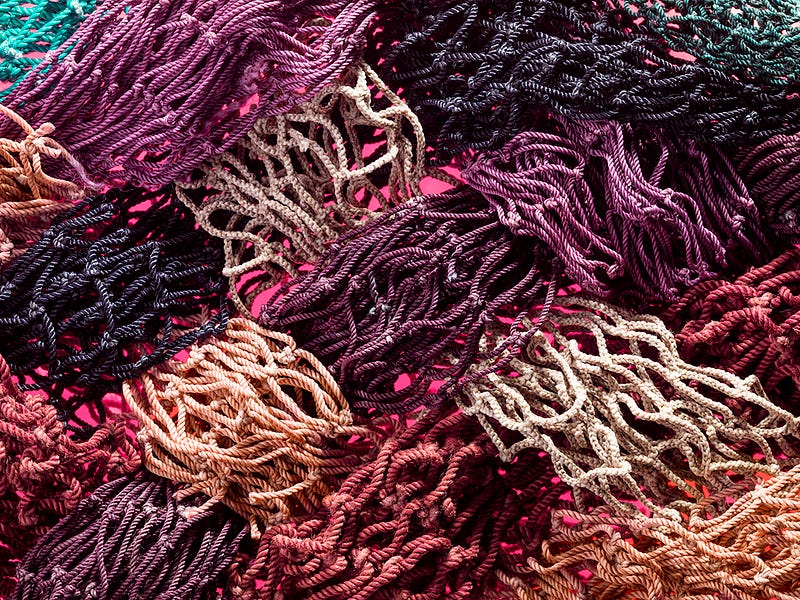
For the above reasons, both Tarkett and ege carpets are including our ECONYL® regenerated nylon in their collections. The ECONYL® yarn is different from traditional nylon as it is produced from waste material instead of oil and is 100% regenerated and regenerable an infinite number of times. So, designers can use it and let their imagination run free knowing that there are no limitations as for quality, and no new natural resources are used to produce it. As well as being a solution on waste, ECONYL® regenerated nylon is also better when it comes to climate change. It reduces the global warming impact of nylon by up to 80% compared with the material from oil.
The restorative and inspirational power of Nature in the workplace
People’s connection to nature — biophilia — is an emergent field in design. Studies warn us of the lost connection with green spaces while more and more of the population is moving to urban areas often with few occasions to experience nature. Also, they found out that people respond positively not just to the presence of actual vegetation in the space, but also to related imagery. And this access to natural scenes can promote the well-being of people in these environments.
No wonder why biophilic studies are such an important part of the design of future offices. But there are different levels of integrating Nature in the design of offices, here are some:
- Natural light and air — It’s important to simulate daylight, create warmth and inject energy where there isn’t direct access to daylight. Same thing for air, as we mentioned above with the studies on fine dust done by Tarkett for their DESSO Air Master®.
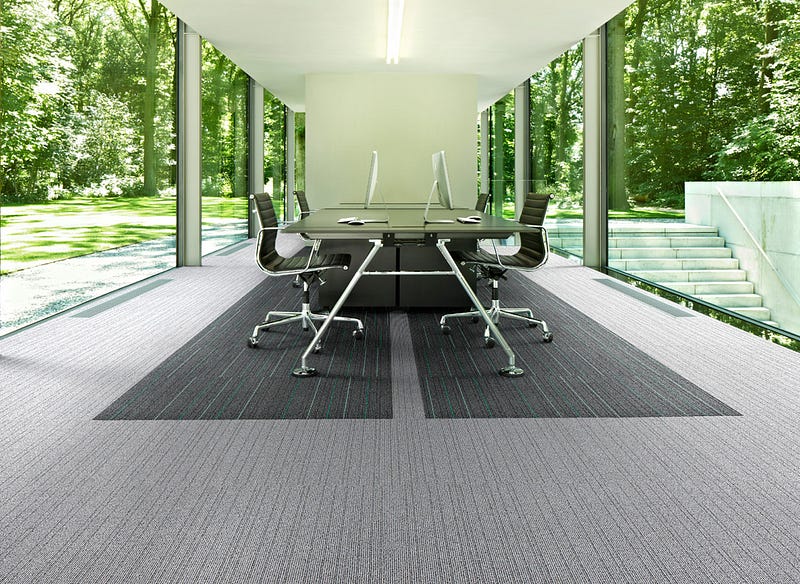
- The use of plants indoor.
- Views of nature inside and outside.
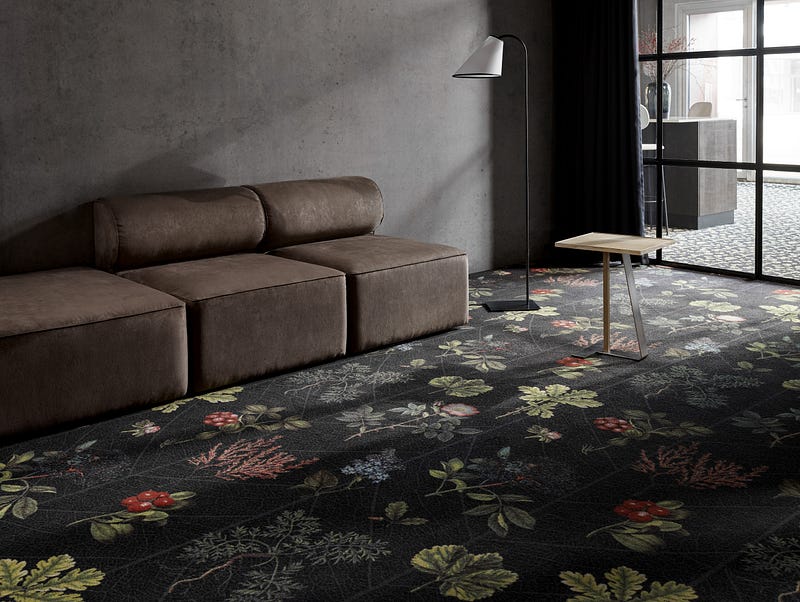
- Use of natural colors and nature inspired design texture — This can be integrated also through the use of carpets that have a special design inspired by nature. Ege carpets developed a collection called the Highlines: “Carpet is a perfect example of integrating nature-inspired design in the office. Our Highline Express Nature concept offers a myriad of designs featuring flowers, stones, woods etc. A perfect choice when brining the outdoors indoor.”

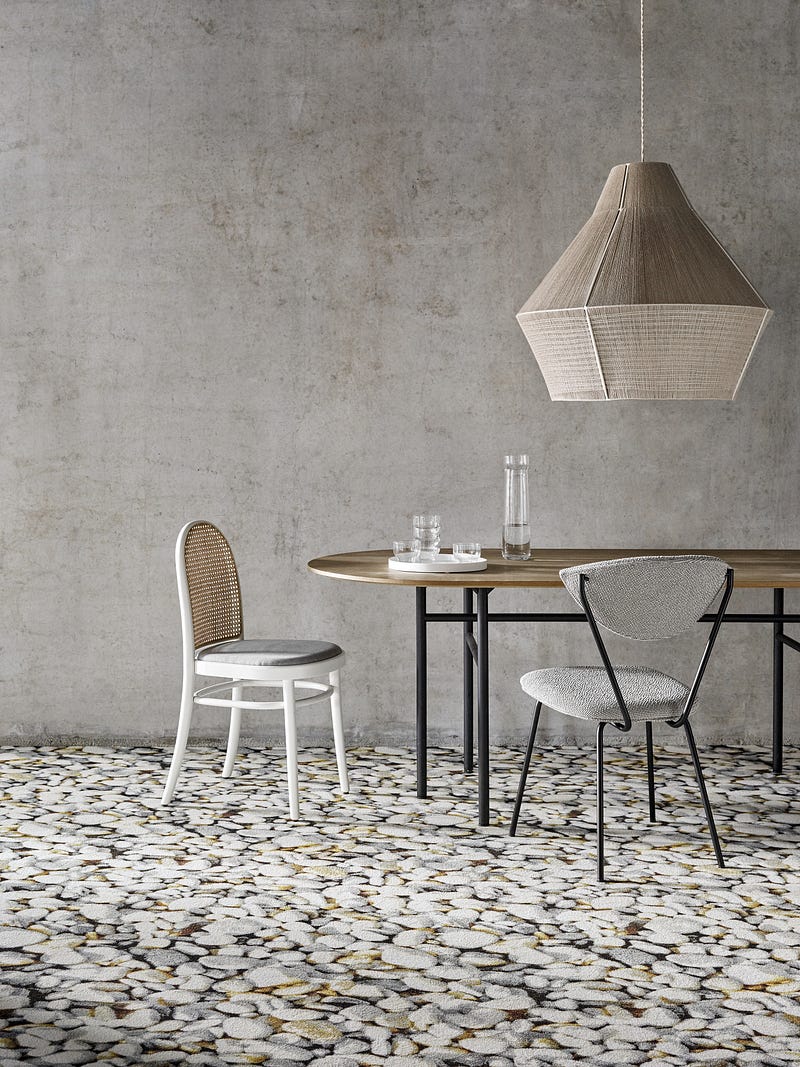
- No waste, just like in Nature — Tarkett, who has been working for many years on the principles of Cradle to Cradle (C2C), explains: “the C2C design philosophy means designing products that promote human health and work in harmony with the environment, but it also means being inspired by nature’s cycles of life. There is no waste in nature, only ‘nutrients’ for new life. This idea is central to the circular economy, whereby economic growth is decoupled from resource use and materials are kept in use for as long as possible (being fed back into nature or industry). Tarkett is striving to create flooring solutions with healthy materials that can be use again and again and collaborating with customers to recapture post-use carpets for recycling, ready to be transformed into high quality raw materials for new products.”
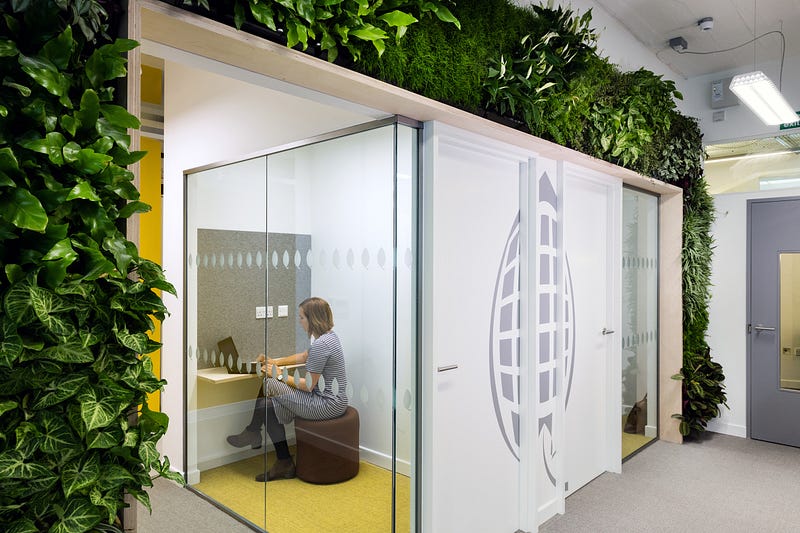
We think there are two beautiful and inspiring quotes by Lance Hosey taken from his book The Shape of Green that really pinpoint the importance of the principles we explained above in the designing of future work spaces.
“You are what you eat, but you are also what you breathe, touch, hear and see. You ingest the sky, eat the earth, and sip the sea. Oceans stream through the brine of your blood and sweat.”
“Philosophically, aesthetics concerns the nature of beauty; scientifically, it studies the relationship between the senses and our surroundings. How our bodies interact with the world has everything to do with how we view and treat the environment. Understanding the mechanics of this interaction better is essential to sustainable design.”
We hope these can inspire everybody in future-proofing the design of offices for the always changing workforce and to have a positive impact on productivity, creativity and the environment.
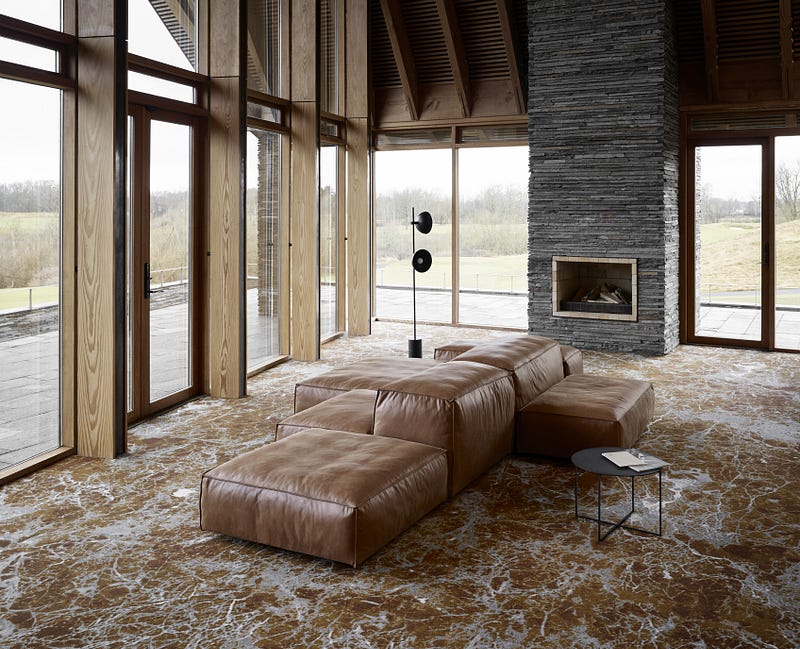

Here are the collections by ege carpet made with ECONYL®:
ReForms — Strong design stories (Artworks, Foss, Legend, Matrix, Memory & Terra)
The Highlines — Large standard design bank (Arts & Crafts, Classic, Cultures, Essentials, Graphic & Nature), or Designer collections such as Industrial Landscape by Tom Dixon & Atelier by Monsieur Christian Lacroix
And here are the ones by Tarkett:
DESSO AirMaster® Earth & Tones collection — Captures and retains fine dust, helping to improve indoor air quality for employees.
Desert — Inspired by the shifting sands of the desert, the subtle layered design brings a feeling of vast open space to the indoors.
Gold Collection — the first carpet tile collection in the world to be awarded a Cradle to Cradle Gold level certification. The collection offers many advantages, including: 100 percent positively defined materials; 100% regenerated ECONYL® yarns; an average of 80 percent reusable materials; an average of 52 percent recycled material; very low VOC emissions.
Fuse Create — a combination of two contrasting but complementary colour schemes in one inspirational flooring product, Fuse Create presents a whole new take on transition carpet tile effects. The result is so novel it has won the Red Dot Award: Product Design. In Fuse Create, the softer hues of Fuse and Fields range work together to help zone and divide large spaces, while making a design impact. The concept works by designers choosing one neutral Fields shade to repeat in every color combination.
